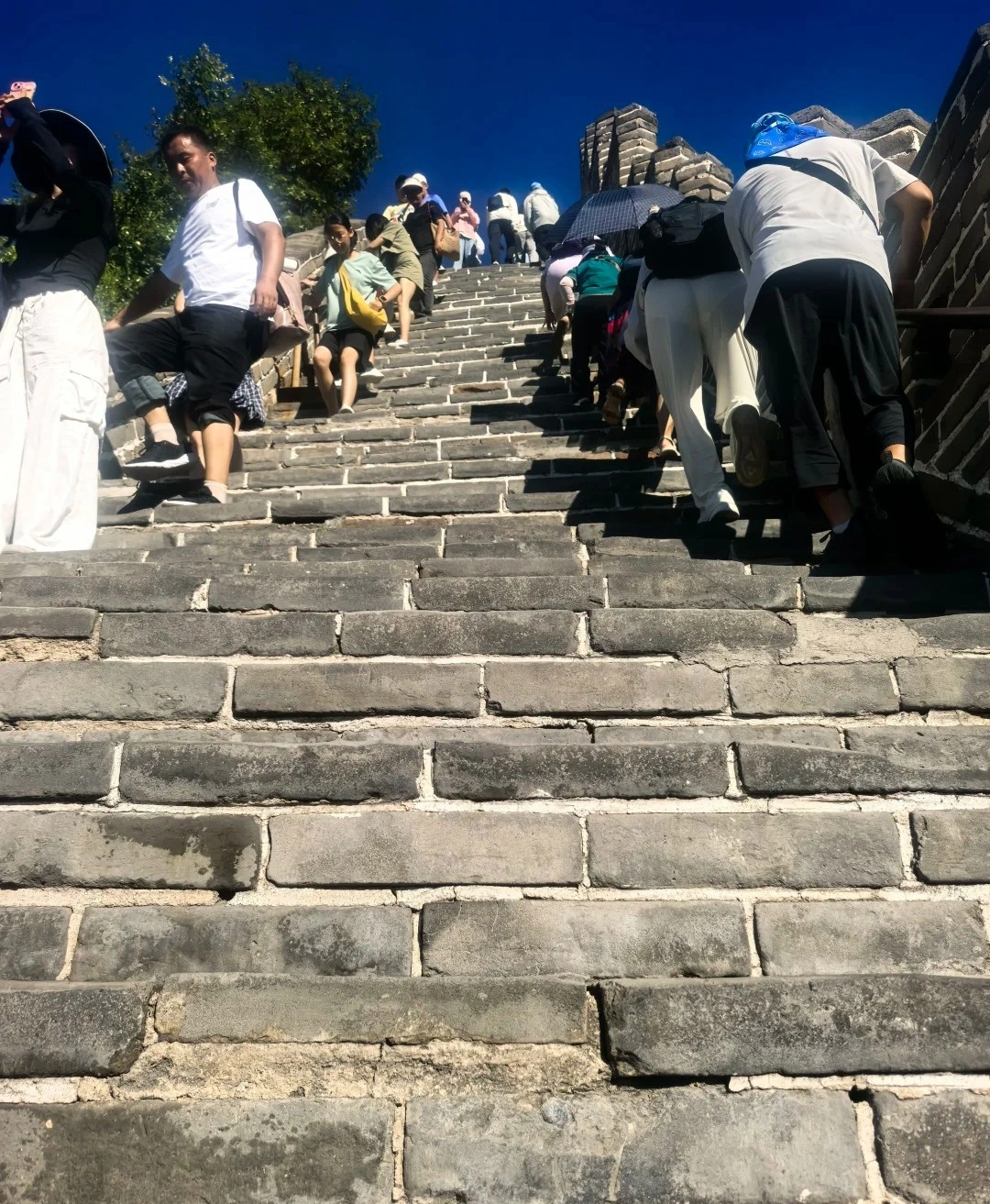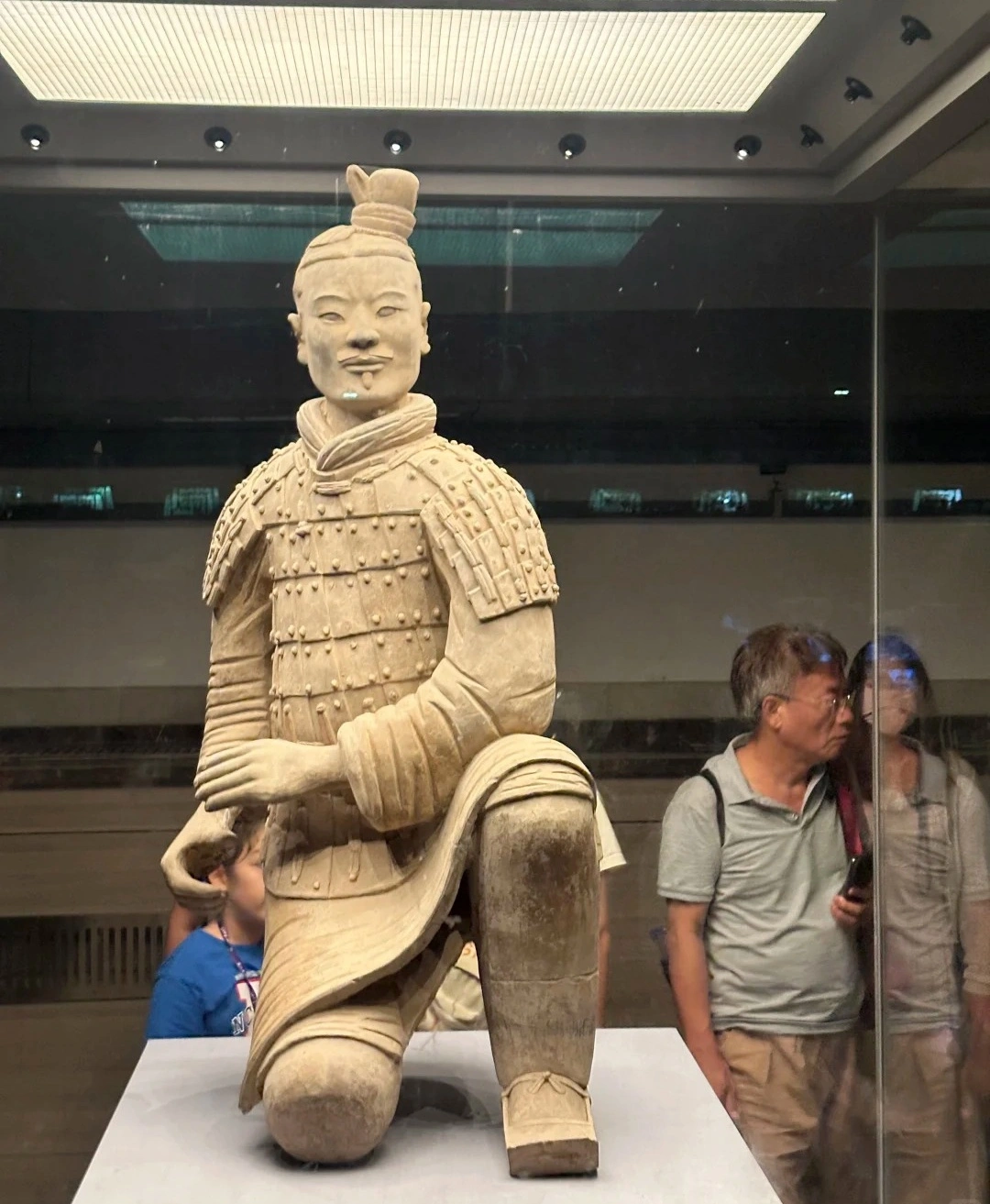Lanzhou Beef Noodles: A Time-Honored Culinary Icon from China’s Northwest
Introduction
Lanzhou Beef Noodles, locally known as "Niurou Mian" (牛肉面) or affectionately called "Daniu" (大牛, "Big Ox") by locals, is a culinary masterpiece originating from Lanzhou, Gansu Province. Renowned for its clear broth, tender beef, and hand-pulled noodles, this dish has earned the title of "China’s First Noodle" and is celebrated globally as a symbol of Chinese fast-food culture.
Historical Roots: A 200-Year Legacy
The story of Lanzhou Beef Noodles dates back to the Qing Dynasty (1799), when Ma Liuqi, a Dongxiang Ethnic Minority chef, learned the art of making beef noodle soup from Chen Weijing, a scholar from Huaiqing Prefecture (modern-day Henan Province). Ma brought this technique to Lanzhou, where it was refined by later chefs like Chen Hesheng and Ma Baozai. By the early 20th century, Ma Baozai’s "Hot Pot Noodles" gained fame for its fragrant broth, made by simmering beef and lamb liver. The dish’s modern standard—"Five Features" (一清二白三红四绿五黄)—was solidified:
- Clear broth (一清)
- White radish slices (二白)
- Red chili oil (三红)
- Green cilantro and garlic sprouts (四绿)
- Yellow, glossy noodles (五黄)
In 1999, Lanzhou Beef Noodles was recognized as one of China’s top three fast-food brands, propelling it onto the global stage.
Cultural Significance: More Than Just a Meal
For Lanzhou residents, beef noodles are a daily ritual. Locals joke, "A Lanzhou native can’t go three days without a bowl of Niurou Mian." The dish reflects the region’s climate and lifestyle:
- Dry climate adaptation: The broth hydrates, while vinegar and chili aid digestion and counterbalance the arid environment.
- Social tradition: Noodle shops serve as communal hubs, where strangers bond over steaming bowls.
- Cultural pride: Alongside the Dunhuang Mogao Grottoes and Reader Magazine, Lanzhou Beef Noodles is a cultural ambassador for Gansu.
The Art of Craftsmanship: From Dough to Delight
Making authentic Lanzhou Beef Noodles is a labor-intensive process:
- Broth preparation: Beef bones, tendon, and chicken are simmered for 4–5 hours with spices like star anise, fennel, and Sichuan peppercorns. The broth is clarified by repeatedly skimming impurities.
- Noodle pulling: Dough made from high-gluten flour is kneaded, stretched, and folded repeatedly to create elasticity. Skilled chefs can pull noodles into 8–10 strands per second, offering varieties from "hair-thin" (毛细) to "belt-wide" (大宽).
- Assembly: Noodles are boiled, then topped with broth, sliced beef, radish, cilantro, and chili oil. A dash of vinegar and garlic completes the flavor.
Fun Fact: The alkaline agent "Penghui" (蓬灰), traditionally made from desert plant ashes, gives noodles their signature bounce. Modern shops use a safe, standardized version.
Global Reach: From Street Food to Worldwide Sensation
Today, Lanzhou Beef Noodles has transcended borders:
- International presence: Over 8,600 new stores opened globally by 2024, with annual sales exceeding $7 billion. Popular chains like Jinweide and Mazilu have outlets in Japan, the U.S., and Europe.
- Cultural fusion: In California, Jinweide blends noodle-pulling performances with Dunhuang飞天 (Flying Apsaras) dance, attracting curious diners.
- Industry standards: Gansu Province has enacted strict regulations to ensure quality, from ingredient sourcing to hygiene.
Where to Try It in Lanzhou
For an authentic experience, visit these iconic spots:
- Dongfanggong Lanzhou Beef Noodles (Headquarters)
- Address: 360 North Binhe East Road, Yanchanglu District
- Highlights: Upscale setting with traditional decor, ideal for families.
- Price: ¥45/person
- Dongfanggong (Fangcaoyuan Branch)
- Address: 1668 Nanchang Road, Guangwumen
- Highlights: Budget-friendly, praised for its clear broth.
- Price: ¥20/person
- Dongfanggong (Lanzhou Zhongchuan Airport)
- Address: Terminal 2, Zhongchuan International Airport
- Highlights: Convenient for travelers, open from 5:30 AM–10:00 PM.
Conclusion: A Bowl Full of History
Lanzhou Beef Noodles is more than food—it’s a living testament to China’s culinary heritage. Whether enjoyed in a bustling Lanzhou shop or a trendy overseas eatery, each bowl carries centuries of tradition, innovation, and pride. As the dish continues to captivate global palates, it serves as a delicious reminder of China’s ability to blend tradition with modernity.
Pro Tip: For the full experience, pair your noodles with a side of suan cai (pickled vegetables) and a glass of xingren cha (almond tea)—a local favorite!
Contact Us
What Our Clients Say?
Based on 10,000+ traveler reviews













